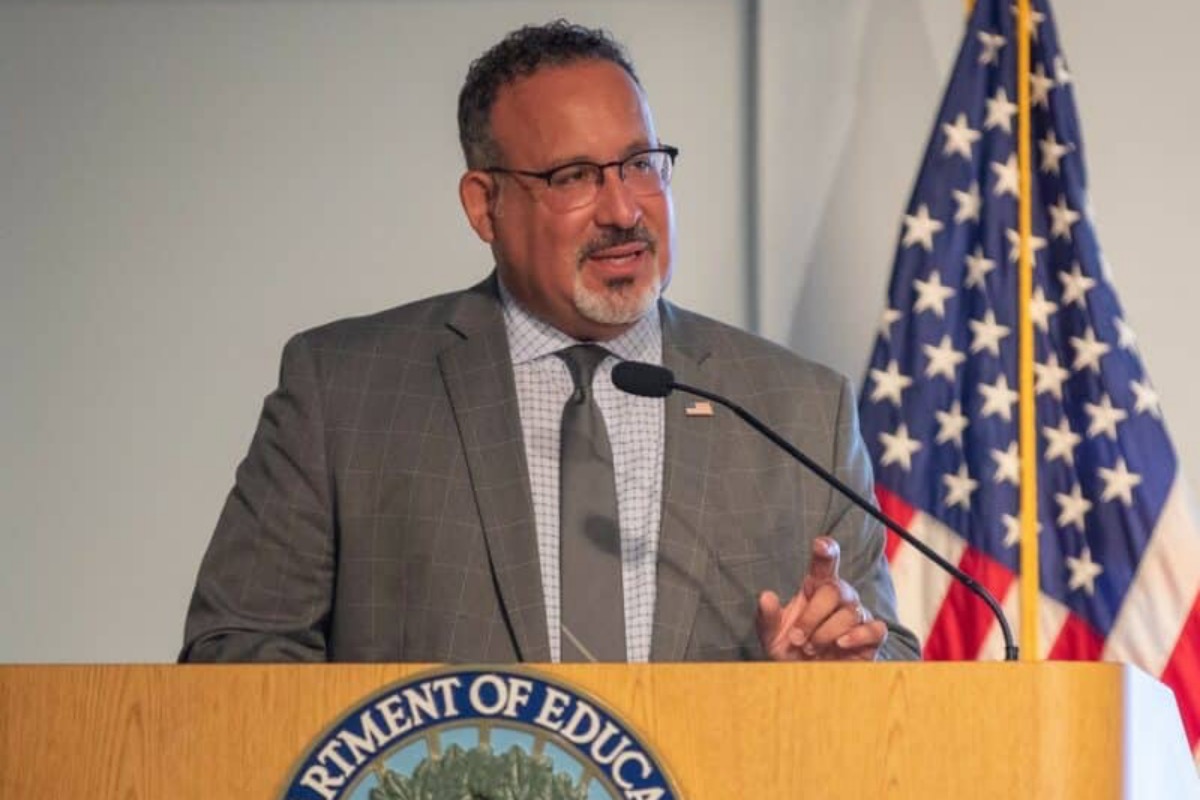By TATIANA DÍAZ RAMOS, Centro de Periodismo Investigativo
SAN JUAN, Puerto Rico — An error in the interpretation of what “displaced student” means led the Department of Education (DE) to count students who did not meet the requirements of that definition and receive an estimated $6.5 million from the Emergency Fund after Hurricanes Irma and María to which it allegedly was not entitled, according to a recent audit by the U.S. Department of Education’s Office of the Inspector General (OIG).
The federal agency recommended that the DE return the amount corresponding to the overestimation. Although the state agency initially acknowledged that it misunderstood the term, it did not respond to the OIG regarding whether it acknowledged or rejected the audit statement recommending that the funds be returned. DE press spokesman Álex Ramos indicated in a statement that the agency is considering appealing the decision.
Under federal statute, a “displaced student” is one who was enrolled in an elementary or secondary school different from the one they were attending a week before the disaster or emergency was declared. However, according to the audit, the DE included students who after the hurricanes spent only a short period of time in a new school and soon returned to the school they attended before the storms or did not show enough evidence of enrollment changes. The federal monitoring agency stated that Education could not apply for the grant for those students, but it did.
After reviewing a draft of the audit, in a letter sent in May of this year, Secretary Eliezer Ramos Parés acknowledged that his agency misinterpreted the established definition. However, he insisted that an external audit carried out in 2020 showed that the students identified met the eligibility requirements for these funds.
When it applied for the federal grant, the DE argued that it knew that most of the students identified as displaced lived in the emergency area at least one week before the hurricanes and that, in effect, they had to attend another school due to the damage these storms caused on the island.
But the OIG argued that “some were enrolled in another school for a brief period of time but had returned to the same school they were enrolled in prior to the recount submitted to apply for the funds; others withdrew from the school more than a week before the emergency declaration or the DE did not show sufficient evidence that the student was enrolled at the time of reporting them as displaced.”
The final report released in July also maintains that the DE lacks effective written procedures and enough controls in its information systems to ensure the accurate entry of data on student enrollments and withdrawals.
This is not the first time that audits have reflected flaws in DE’s processes and controls. In 2019, another OIG report criticized the Department for not offering clear and reliable procedures for managing the Immediate Aid to Restart Operations (Restart) program, and more recently, US Department of Education Secretary Miguel Cardona urged the agency to speed up the use of funds allocated from 2020 to manage the COVID-19 pandemic.
The US Department of Education told the Center for Investigative Journalism (CPI, in Spanish), in a statement that it will review the OIG report’s findings and recommendations as part of the final audit resolution and, when the time comes, it will work to resolve them together with Puerto Rico Department of Education staff.
Timeline of Discrepancies in the Student Count
At the end of 2018, the US Department of Education approved $70.1 million by accepting as true the count of 30,805 displaced students that the DE identified when submitting its application for the emergency grant.
A year later, in a performance report on the use of those funds, the DE disputed the total number of displaced students and increased the figure to 31,275, that is, 470 more students than those identified in 2018.
In March 2020, the former Secretary for Federal Affairs, Francisco Martínez Oronoz, justified the discrepancy in a letter sent to the U.S. Department of Education indicating that it could be due to an internal audit by the agency. Martínez Oronoz’s calculations showed that the underestimation by the agency in 2018 represented a loss of about $1 million in federal funds for the Department.
However, the OIG assured that when reviewing the names of the 31,275 reported students, “we identified 3,323 names that did not appear on the list and the corresponding quarterly reports that support the counts in the final performance report.”
Education used 99 percent or $69.2 million of the money allocated for staff compensation, classroom supplies, mobile education units, or temporary leases for space, transportation costs, and support services.
The OIG report recommended that the DE develop and implement internal controls to ensure that officers and staff responsible for collecting data used for federal reporting receive training on the rules and requirements of these grant programs. It also recommended that the agency develop and implement policies, procedures, and controls over student information systems to ensure the accuracy of enrollment and withdrawal data.
Likewise, the Inspector General’s report suggests that the DE provides the necessary evidence to contrast the inaccuracy in the count of displaced students or that it returns $6.5 million estimated in excess that the agency received.
In a letter, the DE indicated that it took corrective actions such as automating the student enrollment process, disclosing the data governance policy, and granting permanence to the position of executive director of the Secretary for Planning and Development Office. The DE also anticipated the digitization of all critical documents, the updating of contingency plans to collect data and communication protocols during emergencies; and promised a review of the manuals for data entry in the Student Information System (SIE, in Spanish) to include responsibilities and compliance deadlines.




[…] Get Original Links Here🡽 […]
[…] Source link […]
[…] Credit: Source link […]
[…] Source link […]